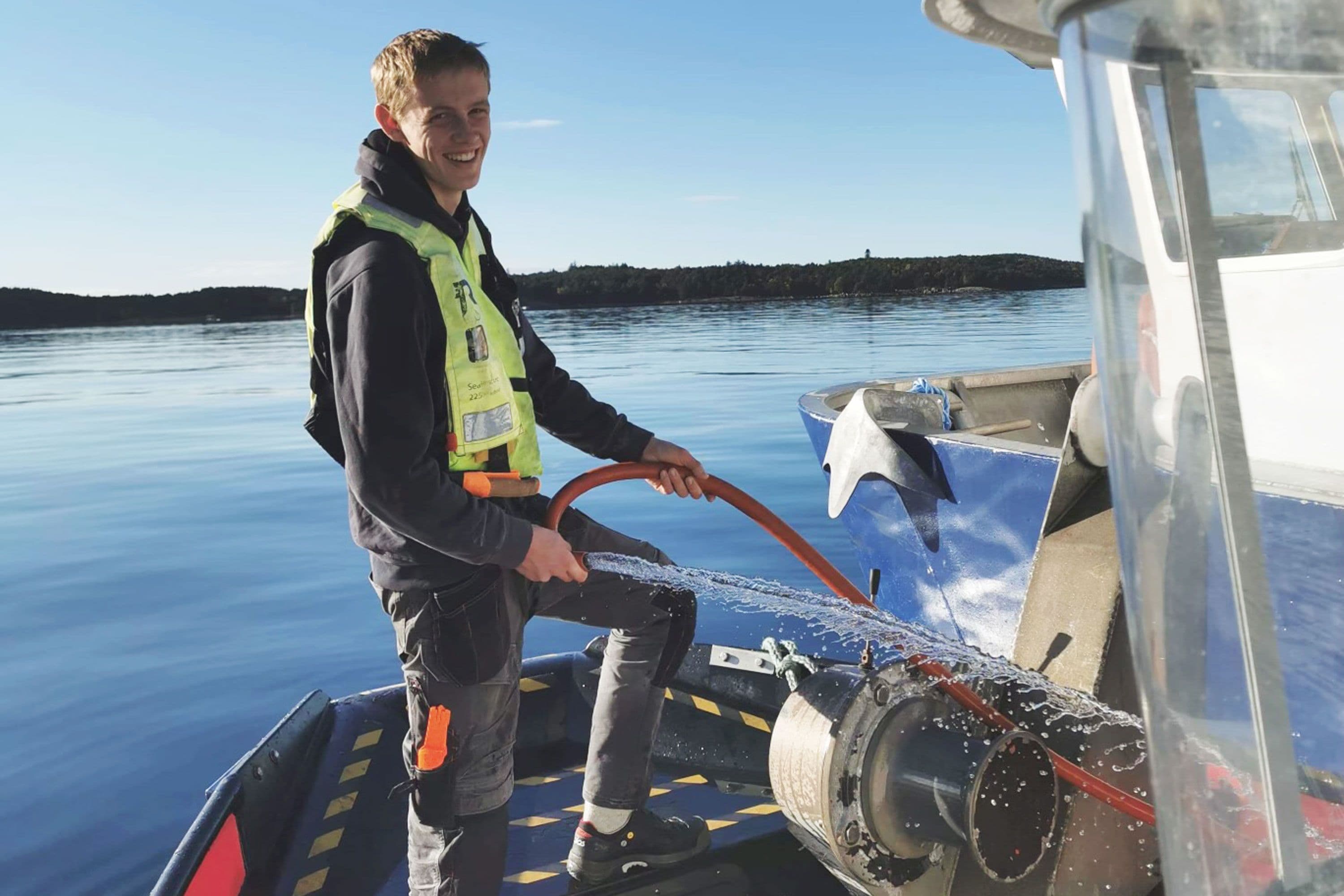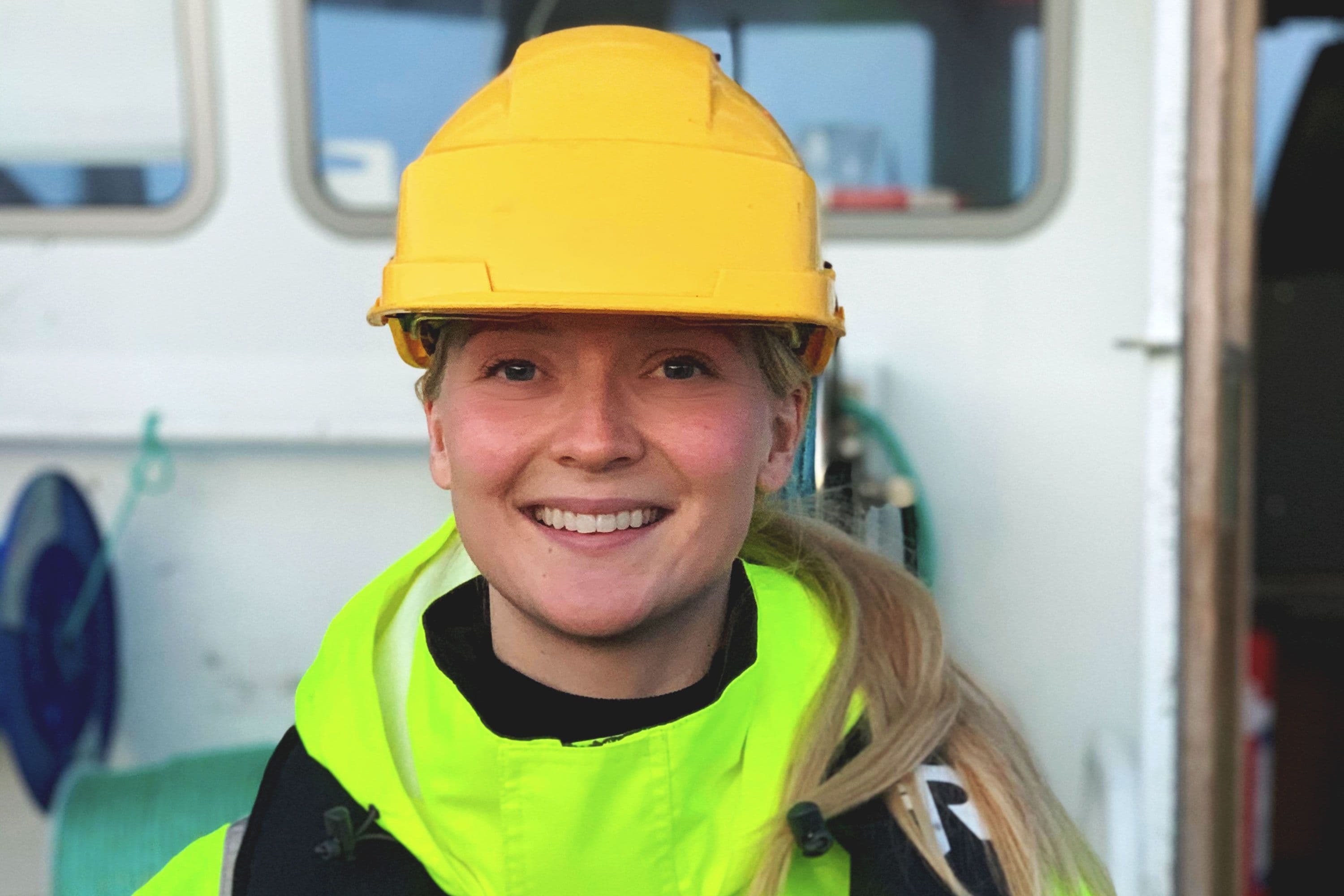
With the help of advanced technology and great computing power, the employees at the operational center in Grieg Seafood Rogaland fine-tune their professional competence in feeding. It began two years ago with a pilot project, where remote feeding started on two farms. Today, they are feeding 12 farms from the operational center in Judaberg in Stavanger.
Feed when the fish is hungry
“During the pilot period, we have become better feeding experts. As a result, we see that the fish is growing better, without increasing the feed factor,” says manager of the operational center, Roy Evan Strømskag.
Feed is a resource and a major input factor in salmon production. Better control of feeding means increased fish welfare and less feed waste, which in turn is important for the environment and cost control.
“Through cameras in the pens we can observe the fish continuously from the screens at the operational center. Now we can more easily feed when the fish are hungry and during larger parts of the day. This is better for the salmon, and it also frees more time for employees on the farms for other tasks,” says Roy Evan.
Data analytics and artificial intelligence
The concept "Grieg Seafood Precision Farming" aims to improve sustainability and productivity. Environmental data collected in pens at the farms, such as weather, currents, oxygen saturation, temperatures, salinity, wave measurement and feed quantity, will over time be valuable when they are processed to provide better insight and control of the feeding and other farming operations.
The data will provide decision support to farmers via data analytics and artificial intelligence. Grieg Seafood aims to utilize the data to work more preventatively, reduce the company’s environmental impact and improve fish welfare.
“During the pilot period, we have become better feeding experts. As a result, we see that the fish is growing better, without increasing the feed factor.”
Some of the questions asked by salmon farmers are: how big is the fish swimming around in this particular pen right now? How much feed does the fish need today? What is the correct feeding speed given environmental and weather conditions? Why does the fish in one pen eat better than the fish in the neighboring pen at the same farm?
“We ask such questions every day, and today we get real-time status from from various measuring instruments and data sources. Collecting this information over time allows us to learn from the history the data gives us. Collecting, interpreting and taking advantage of big data gives us more knowledge and decision support in production planning and execution of all farming practices,” says Strømskag.
“In practice, we become better at making the right choices and that gives us better opportunities to plan for what is ahead.”

